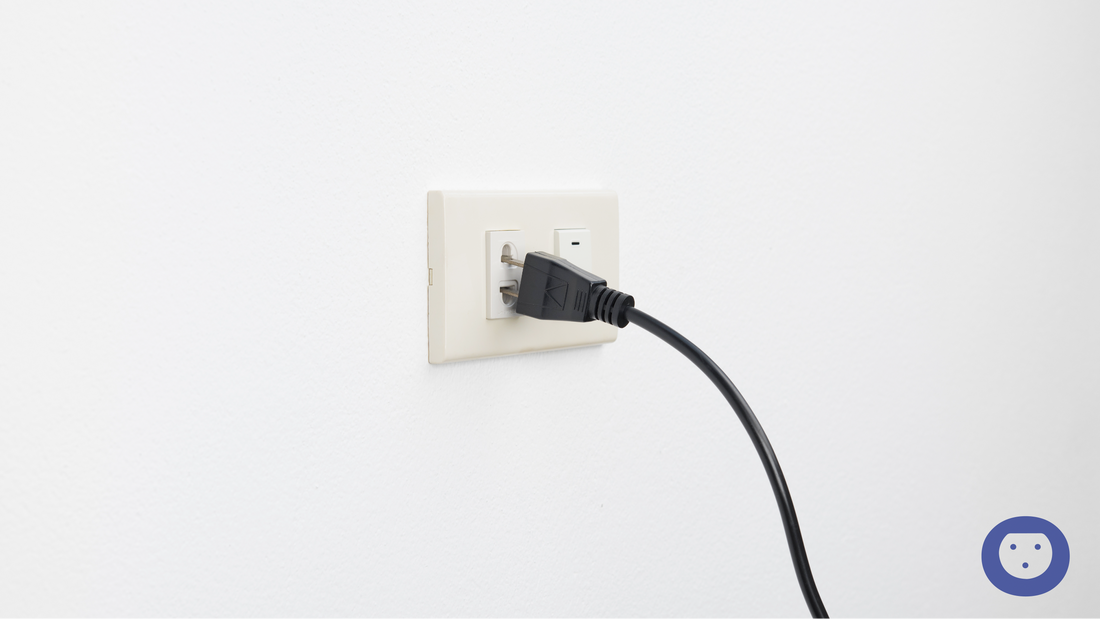Loose cords pose a significant tripping hazard in any household, with particular risks for children and older adults. Overlooked and under-secured cords can lead to severe injuries if not properly addressed.
Tripping Hazards
Loose cords left on the floor or inadequately secured can result in trips and falls, especially for children and older individuals who may not notice or have difficulty navigating around them. These accidents can lead to serious injuries.
Electrical Risks
Children's curiosity may lead them to tamper with loose cords, increasing the risk of electrical shock if they come into contact with exposed wires. This can have devastating consequences, including fatalities.
Prevention Measures
To mitigate the dangers associated with loose cords, implement the following safety measures:
1. Secure Cords
Utilize cord covers to shield cords from damage and enhance visibility. Secure cords to walls or floors using clips or ties to prevent tripping incidents.
2. Childproofing
Keep cords out of children's reach by running them behind furniture or along baseboards. Minimize the temptation for exploration and mitigate the risk of accidents.
3. Regular Inspections
Conduct routine inspections to identify and address loose or damaged cords promptly. Replace any frayed or compromised cords to maintain a safe living environment.
Prioritize Safety
In conclusion, loose cords present significant hazards, particularly for vulnerable individuals such as children and older adults. By taking proactive steps to secure cords, minimize accessibility to children, and conduct regular inspections, you can ensure a safer home environment for your family. Don't overlook the importance of addressing loose cords to protect your loved ones from potential accidents and injuries.

